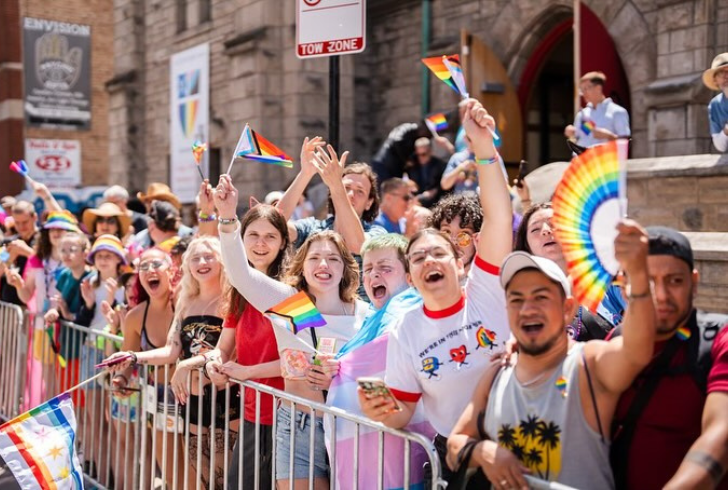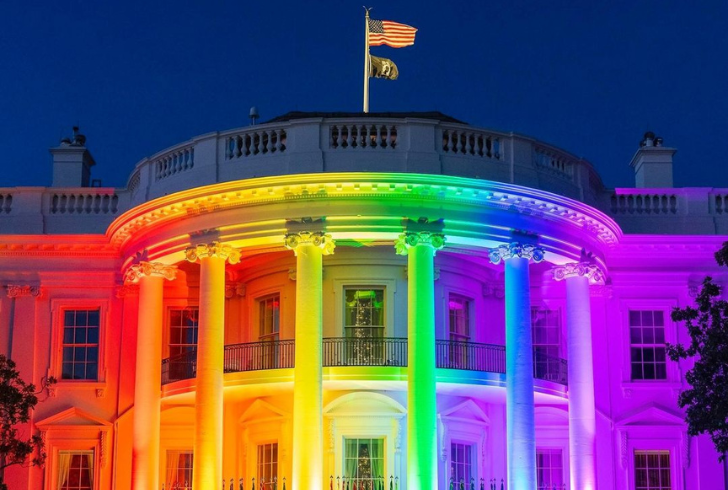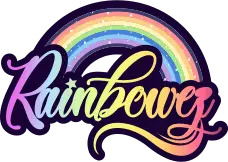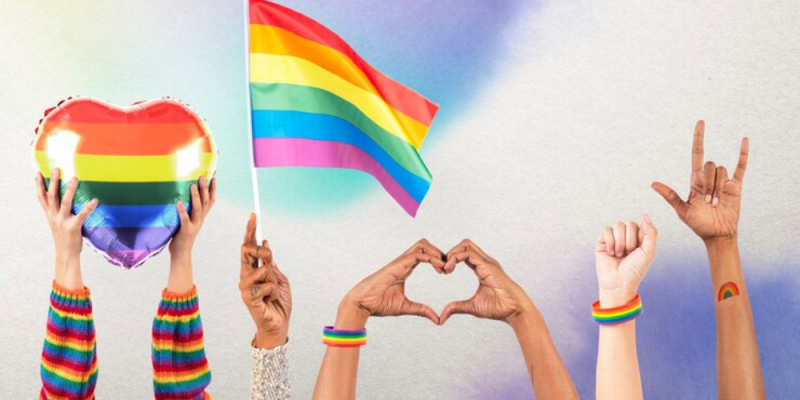Pride Month is an annual celebration that honors the LGBTQ+ community, reflecting both the progress achieved and the challenges that remain in the fight for equality. Every June, cities worldwide hold events that range from exuberant parades to peaceful demonstrations, all in celebration of LGBTQ+ history and pride. But the history of Pride Month runs deeper than the parades and festivities we see today. The origins of this powerful month of remembrance and activism trace back to the 1969 Stonewall Riots, a pivotal moment in LGBTQ+ history.
Origins of Pride Month
The story of Pride Month begins on a warm summer night in New York City. On June 28, 1969, the Stonewall Inn, a popular gay bar in Manhattan's Greenwich Village, was raided by the police—a common occurrence at the time. However, this particular raid was different. For the first time, the patrons at Stonewall refused to accept the harassment and oppression. What followed was a series of protests and uprisings that lasted several days. These Stonewall Riots are widely regarded as the catalyst for the modern LGBTQ+ rights movement.

Instagram | jbpritzker | June celebrates Pride in honor of the 1969 Stonewall riots.
The protests that erupted on that fateful night were led by members of the gay, lesbian, bisexual, and transgender communities, along with allies. Their resistance sent a powerful message that would inspire future generations to fight for the rights and freedoms that many take for granted today.
The First Pride March
The year after the Stonewall Riots, on June 28, 1970, the first Pride marches were held in several cities to mark the anniversary of the riots. The event in New York City, known as the "Christopher Street Liberation Day March," was the largest and most impactful, drawing thousands of people to the streets in support of LGBTQ+ rights. The marchers held signs that declared their strength and unity, with the rallying cry of "Gay Power" echoing through the streets.
In addition to the New York march, other cities such as Los Angeles, San Francisco, and Chicago held their own smaller events. These first marches were not only celebrations of LGBTQ+ identity but also protests against the discrimination and violence that the community faced. They were a call to action, laying the foundation for the Pride celebrations we know today.
The Rainbow Flag
In 1978, artist Gilbert Baker designed the now-iconic rainbow flag for the San Francisco Gay Freedom Day Parade. Each color of the flag was meant to represent different aspects of the LGBTQ+ community. The rainbow symbolized the diversity of the people it represented—coming together as one, despite their differences. As Baker himself explained, "The rainbow expressed our diversity in terms of our gender, race, and age—showing how different we are, yet all connected."
Since its creation, the rainbow flag has become the global symbol of LGBTQ+ pride and solidarity. It represents the strength, resilience, and vibrant colors of the LGBTQ+ community, with each color representing a unique facet of their identity.
From Protests to Global Celebration
While the first Pride marches were centered around protest and advocacy, over the years, Pride Month has grown into a global celebration of LGBTQ+ culture, visibility, and achievements. It is marked by parades, festivals, and educational events in cities around the world. While these celebrations are joyous occasions, they also serve as reminders of the work that still needs to be done to secure full equality for the LGBTQ+ community.
In the U.S., President Bill Clinton officially declared June as LGBTQ+ Pride Month in 1999, commemorating the 30th anniversary of the Stonewall Riots. Since then, the observance of Pride Month has expanded worldwide, with countries across the globe honoring their LGBTQ+ citizens through various events and campaigns.
The Impact of Pride Month Today
Pride Month today is a time to celebrate achievements, reflect on struggles, and renew the commitment to fighting for equality. In addition to the parades and parties, Pride Month often includes educational initiatives aimed at increasing awareness about LGBTQ+ issues. These include talks, film screenings, art exhibitions, and fundraisers for LGBTQ+ rights organizations.
The success of Pride Month in influencing social change is evident in the growing acceptance and legal recognition of LGBTQ+ rights around the world. From marriage equality to transgender rights, Pride Month serves as a platform for ongoing advocacy, ensuring that the momentum of the LGBTQ+ rights movement continues to build.
Key Moments in LGBTQ+ History

Instagram | womenforharris | The US government first recognized Pride Month in 1999.
Over the years, Pride Month has been marked by numerous historic moments that have shaped the landscape of LGBTQ+ rights:
1. June 26, 2015 - The U.S. Supreme Court's landmark decision in Obergefell v. Hodges legalized same-sex marriage nationwide.
2. June 28, 2016 - The Stonewall Inn was designated a national monument, making it the first national monument to honor LGBTQ+ rights.
3. June 2019 - The 50th anniversary of the Stonewall Riots, marked by large-scale celebrations in cities across the globe, including New York City's massive WorldPride event.
These milestones, and countless others, showcase how far the LGBTQ+ community has come—and how far it still has to go.
The Ongoing Journey
The history of Pride Month is rich with activism, resistance, and celebration. From its roots in the Stonewall Riots to the global parades and educational events we see today, Pride Month has grown into a powerful reminder of the ongoing fight for equality. It's a time to celebrate LGBTQ+ identity and culture, while also recognizing that the work for full rights and justice is far from over.
Whether through the bold marchers in the streets, the rainbow flags flying high, or the conversations sparked during Pride events, the history of Pride Month remains a testament to the resilience and determination of a community that continues to push for change.






